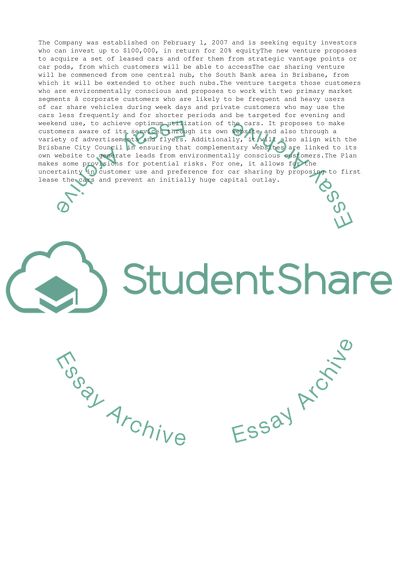Cite this document
(“Business Plan Review Essay Example | Topics and Well Written Essays - 2000 words”, n.d.)
Retrieved from https://studentshare.org/business/1541191-business-plan-review
Retrieved from https://studentshare.org/business/1541191-business-plan-review
(Business Plan Review Essay Example | Topics and Well Written Essays - 2000 Words)
https://studentshare.org/business/1541191-business-plan-review.
https://studentshare.org/business/1541191-business-plan-review.
“Business Plan Review Essay Example | Topics and Well Written Essays - 2000 Words”, n.d. https://studentshare.org/business/1541191-business-plan-review.


